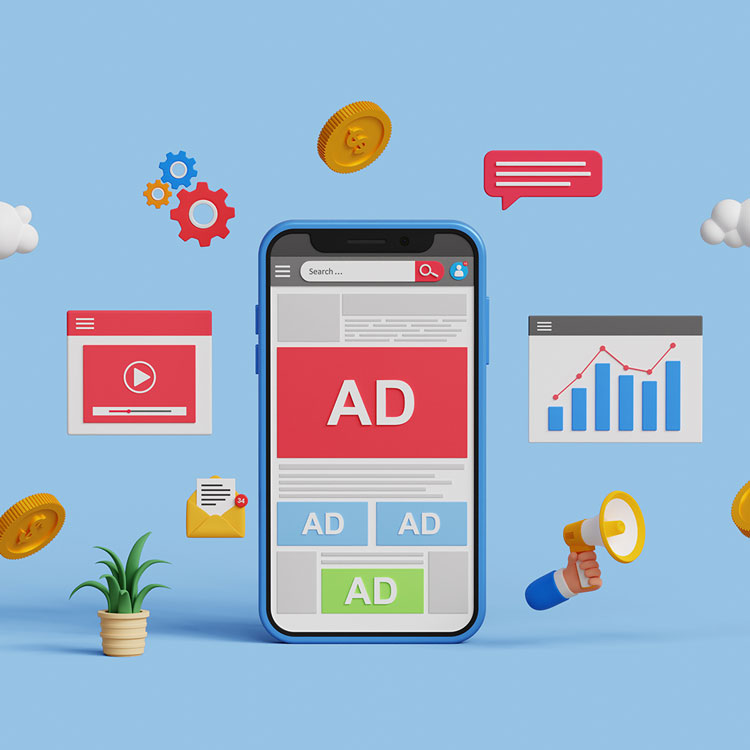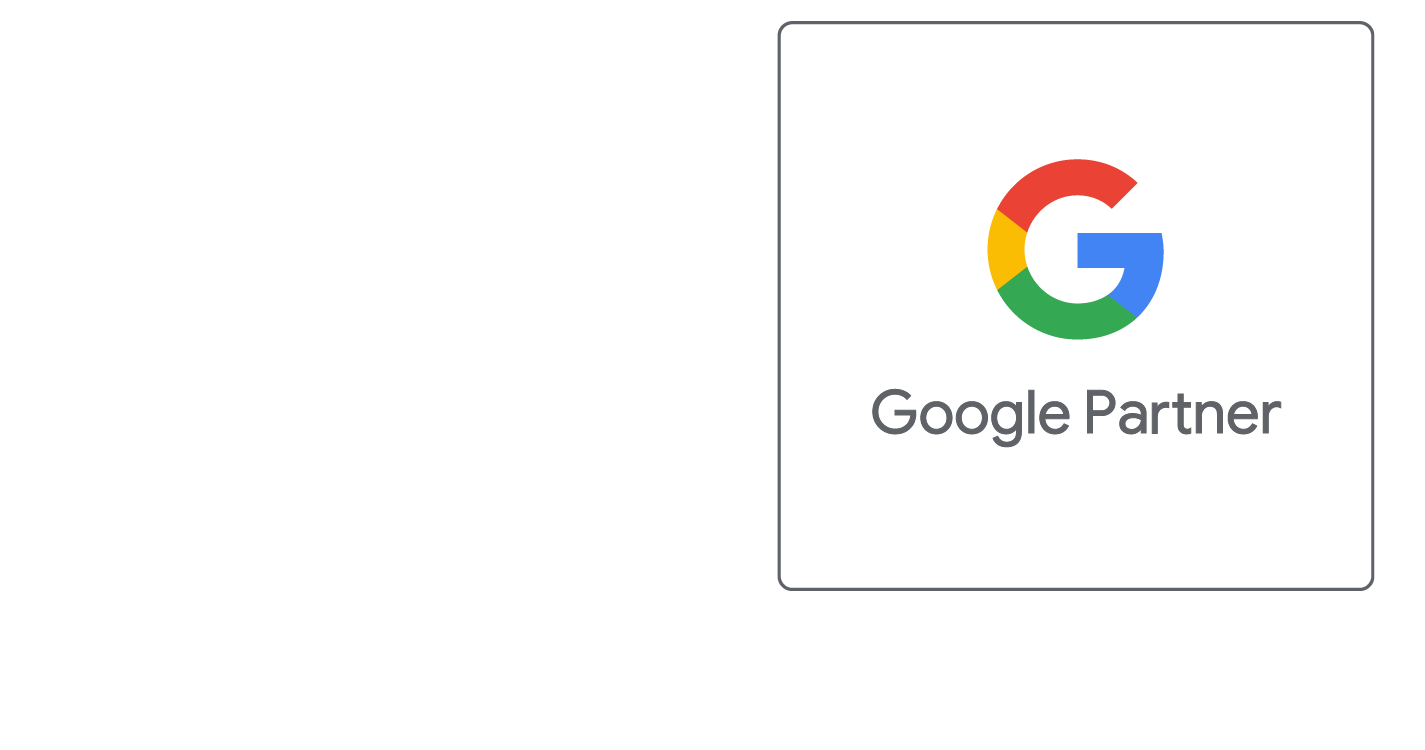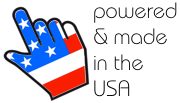Many businesses fail to fully leverage their online presence for lead generation and sales.
Every marketing manager needs to question:
Are we maximizing lead generation through our online platforms using Calls to Action (CTA)? Are we guiding leads towards making a purchase or showing more interest in our products and services?
The main objective of a website is to transform new visitors into leads and ultimately, paying customers.
The subsequent five questions can provide insights on how to enhance your website's conversion rate, thereby improving the business's return on investment for its online marketing budget:
1. Do you utilize 'Calls to Action'?
The Call to Action (CTA) is a simple, yet ESSENTIAL, and frequently neglected marketing strategy. Every marketing material should prompt the potential customer to make a purchase at every plausible opportunity.
Many times, potential customers are ready to buy but face difficulty in completing the purchase process, leading to frustration and lost sales.
Every mention of a product or service should be accompanied by a visible 'call to action' like a BUY button or REQUEST MORE INFORMATION, instructing the user to ACT.
2. Do you have "follow-up" strategies for future email, marketing automation, & remarketing contact?
It's a common understanding that prospects rarely make a purchase on their first visit. Experts believe it takes between five to twelve interactions before a user converts into a paying customer.
Hence the phrase "the fortune is in the follow-up"!
In today's digital age, follow-up can range from traditional methods like email and phone calls to automated follow-ups known as "remarketing".
Email, Marketing Automation & Opt-In Contact
Whenever possible, it's crucial to collect contact information, like the user's email address, and their consent for future marketing. For instance, encouraging the visitor to sign up for the company's newsletter or other opt-in services. Direct and automated follow-ups can help maintain a relationship between potential customers and the business.
When prospects show interest in a product or service but are hesitant to purchase, asking for contact information can help continue building the relationship and eventually overcome any obstacles to secure their business.
Every website should be able to collect visitor email addresses and their consent for marketing. This can be used for:
- building relationships
- sending monthly newsletters
- following up on inquiries and sales
- maintaining communication and rapport
Collecting prospect's email addresses and other contact information is a crucial step in marketing your business to interested parties.
Remarketing Services
Remarketing services, like Google Remarketing, and Facebook Remarketing, are excellent paid opportunities to keep your campaign in front of visitors even after they leave your site.
Remarketing works by:
- Installing a tracking code snippet provided by Google or Facebook on your website.
- Logging and recording visitors who visit the site containing the remarketing snippet.
- Displaying variations of the campaign ad as the user visits other sites on the internet.
Remarketing is a fantastic, automated way to keep your campaign ad visible to prospects long after they've left your site.
It can be customized to target specific demographics and keep your campaign in front of prospects for days or weeks after their initial visit.
3. How easy is it for visitors to contact your business?
Online shoppers, especially in today's socially distanced world, demand a quick and easy way to contact companies if they have any queries or concerns.
Given the risks of online fraud, it's crucial to present your site as a reliable and trustworthy business that can be contacted at any time.
A successful online site ensures that contact details, including email, phone number, and address, are easily visible and accessible from ANYWHERE on the site.
Businesses that choose not to display their phone number prominently must ensure the Contact Us link is easily accessible on the website's header or main menu.
Successful businesses provide customers multiple ways to contact them, whether it's day or night, weekday or weekend, workday or holiday.
Today's consumers want to do business on their terms, and they should be able to contact the business via phone, email, text message, fax, or chat at any time.
While live 24/7 service might not always be feasible, customers expect readily available alternatives to reach the business and get a response when possible.
4. Is your website using headlines effectively?
Headlines and paragraph titles can quickly and easily convey information about products, services, features, or promotions. No one wants to read a wall of text to find out the main benefits of a product or service.
- Headlines should highlight the main benefits of the products and services.
- Overuse of headlines can dilute their intended impact.
Excessive use of headlines can create the same problem as excessively long paragraphs; it can be just as tiresome as reading a novel.
5. Does your website look professional?
Often, a website is the first impression a visitor gets of a business. Many businesses offer great products or services, but their websites lack a professional appearance.
Many small to medium-sized business websites look like they've been created by a novice using a boxed-template or free DIY software (such as Weebly, Homestead, GoDaddy WebsiteBuilder) often lacking a professional finish or, worse, proper security.
To a prospect, an amateurish site equates to a lack of credibility.
Why should consumers spend money with a business that hasn't invested in presenting a professional, secure first impression?
Consumers are more likely to spend money with businesses that appear reliable, professional, and trustworthy.
Given the risks of online fraud, customers avoid businesses that appear to be scam attempts, trying to steal money or personal information.
Customers prefer professional-looking, trustworthy sites; businesses that have invested in a proper online appearance and security.
Often, the difference between a professional-looking site and a home-made site boils down to time spent on organization and layout. Professional designers use various methods to create an image of a professionally planned and executed website solution.
Conclusion
The questions above are just a few of the important considerations when aiming to boost sales or leads. The industry and the nature of the business will dictate other strategies for improving conversion.













